When most people think of predators, they picture the usual suspects—lions stalking prey on the savanna or sharks cruising through the ocean.
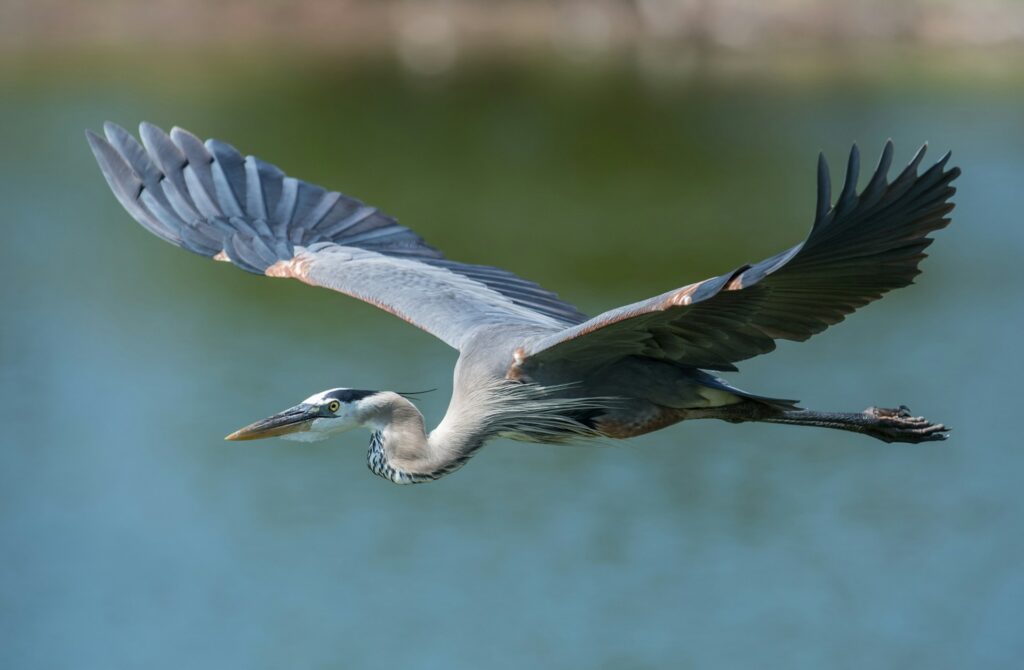
Of course, not all hunters rely on speed or strength. Some use strategy, patience, trickery, or tools to catch their next meal. And it’s in these clever, surprising methods that nature gets especially interesting. Here are some of the world’s most unusual predators—and the downright strange ways they hunt.
Bolas spiders use a fake moth scent to lure in prey.
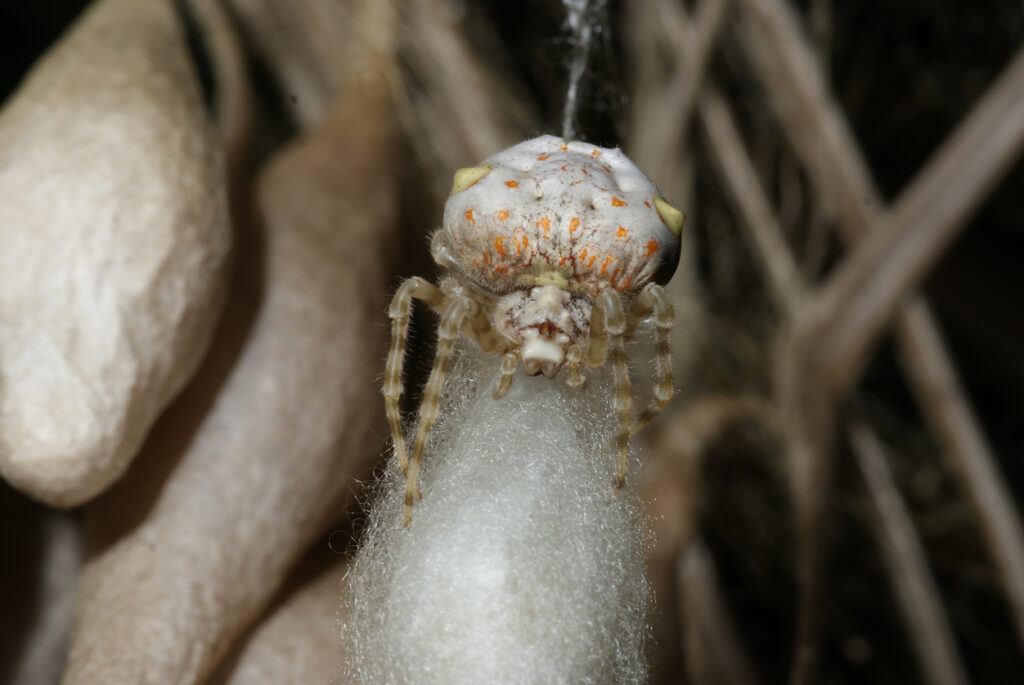
Rather than building webs, bolas spiders hang from a single thread and swing a sticky blob of silk (the “bolas”) to snag flying insects mid-air. But what’s really clever is how they lure in their targets. They release a chemical that mimics the scent of a female moth, tricking male moths into flying straight towards them, thinking they’re about to mate. When the moth gets close enough, the spider swings its bolas and catches it mid-flight. It’s like fly fishing—but with pheromones and a lot more silk.
Archerfish shoot jets of water to knock insects into the water.

This fish doesn’t wait for food to come to it—it brings it down. Archerfish spot insects perched on plants above the water and fire a jet of water from their mouths with incredible accuracy, knocking them straight into the water. What’s impressive is that they have to adjust for refraction, meaning they’re compensating for the way light bends through water and air. Young fish aren’t great at it, but they learn by watching older fish, which is rare in the animal kingdom. It’s a clean shot, and it turns them into sharp-eyed little snipers.
The antlion digs deadly sand traps for unsuspecting ants.

Antlions might look harmless, but their hunting method is brutal. The larva digs a cone-shaped pit in the sand, hides at the bottom, and waits. When an ant or small insect stumbles in, the loose sides of the pit collapse under its feet, dragging it closer to the centre. As the prey tries to scramble out, the antlion flicks sand at it to speed up the fall—then grabs it with sharp jaws and pulls it under. It’s a full-on ambush, and once you’re in, there’s no getting out.
Alligator snapping turtles use their tongues as bait.

Sitting at the bottom of murky water, alligator snapping turtles look like a lump of algae-covered rock. But in the middle of their mouths is a pink, worm-like tongue that they wiggle to mimic live bait. When a curious fish swims in for a closer look, the turtle slams its jaws shut with shocking speed. It’s a trap that works best on the naive—and the turtle barely has to move. It’s all about patience and perfect timing.
Orcas use waves to wash seals off ice floes.

Orcas are clever hunters, and in parts of the world, they’ve developed a strategy that looks more like teamwork than instinct. When they spot a seal on a floating chunk of ice, they line up together and swim full-speed towards it, creating a wave that knocks the seal into the water. Then they circle and take turns lunging in for the kill. It’s not something all orcas do—only certain pods use this method, and they pass it on through generations. It’s organised, smart, and shows just how adaptable they really are.
The trap-jaw ant uses its jaws to launch itself or strike prey.
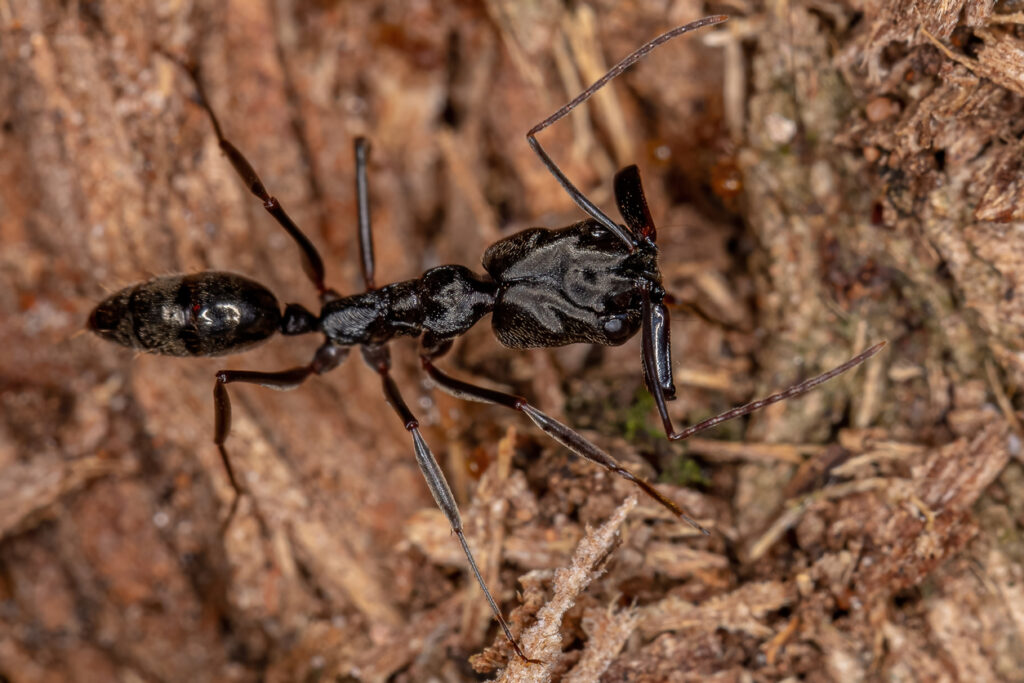
These ants have jaws that open 180 degrees and snap shut faster than you can blink—literally. They use this speed to stun prey or defend themselves from threats. But they can also use those same jaws like a spring-loaded catapult, launching themselves into the air to escape danger. It’s a multi-use tool: attack, defence, and emergency exit. The movement is so quick that researchers have had to film it in slow motion just to see what’s going on.
The frogfish pretends to be a rock—and has a built-in fishing lure.
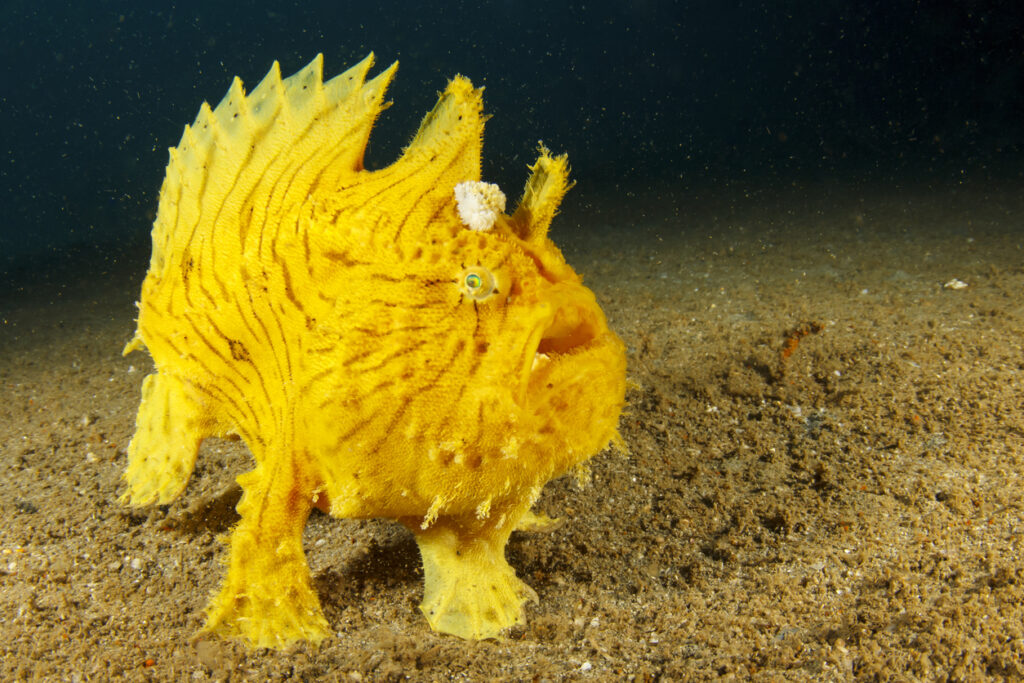
Frogfish are masters of disguise. They look like lumps of coral or sea sponge and barely move. But on top of their heads, they have a modified fin that acts as a lure—complete with a wiggling, worm-like tip. They wave it around to attract smaller fish, then strike with a lightning-fast gulp. It’s over in less than a tenth of a second. No chase, no effort, just a bit of trickery and a very big mouth.
The green heron uses tools to catch fish.
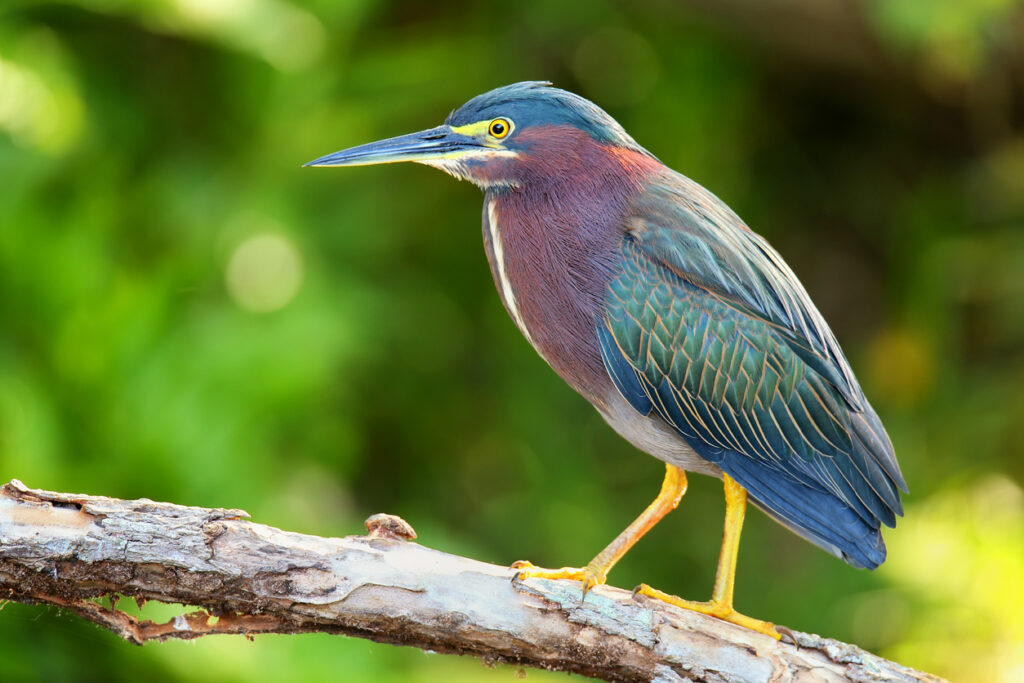
Most birds don’t use tools—but the green heron is a quiet exception. It will drop insects, feathers, or bits of bread onto the water’s surface to lure in fish. Once the fish come to investigate, the heron strikes. It’s patient, calm, and clearly thinking ahead. Not every green heron does it, which suggests it’s a learned behaviour—passed down or picked up by watching others. It’s clever, understated, and surprisingly effective.
The net-casting spider throws a web like a lasso.
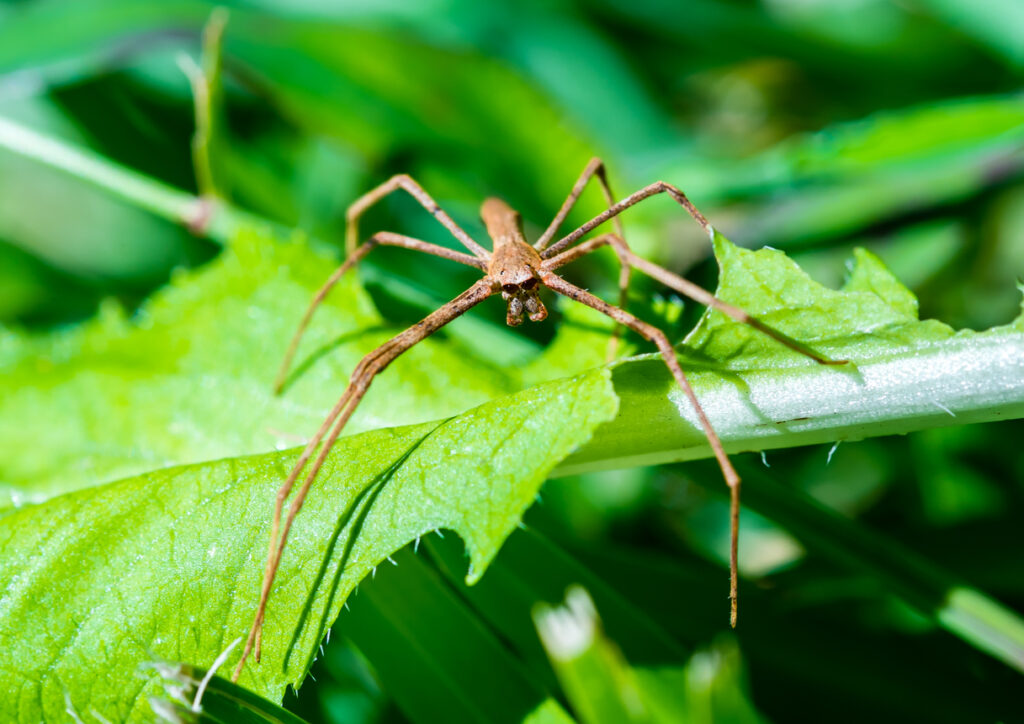
Unlike typical web-spinners, net-casting spiders create a small, stretchy net and hold it between their front legs while hanging upside down. When an insect walks beneath them, they stretch and launch the net down onto their prey—wrapping it up instantly. The net is sticky and springy, giving the spider a second chance if the first attempt fails. It’s a move that looks more like something from a cartoon than real life—but it works.
The crocodile bird picks parasites from crocodiles, but sometimes nicks a bite of flesh too.
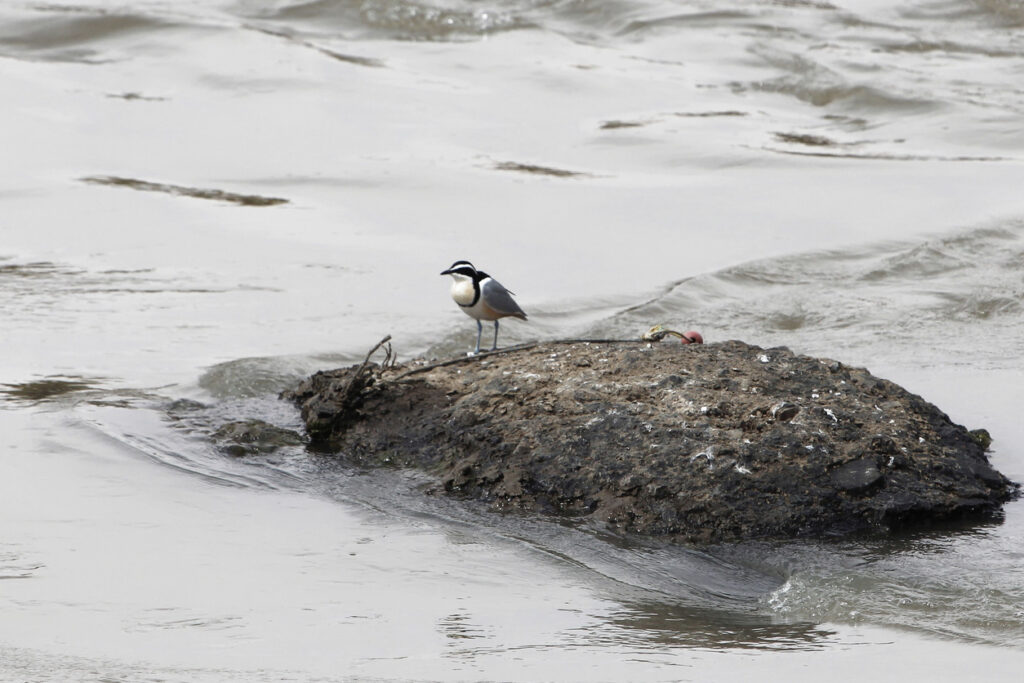
The Egyptian plover—often nicknamed the crocodile bird—is best known for its odd partnership with crocodiles. It hops into their open mouths and picks off parasites or bits of food stuck between teeth. What’s fascinating is that this “cleaning” behaviour also offers the bird a snack. But in some cases, they’ve been spotted taking tiny bits of flesh, too. The crocodile seems to tolerate it, perhaps because it gets something out of the deal as well. It’s not hunting in the usual sense, but it’s definitely resourceful.
The mantis shrimp strikes with the force of a bullet.
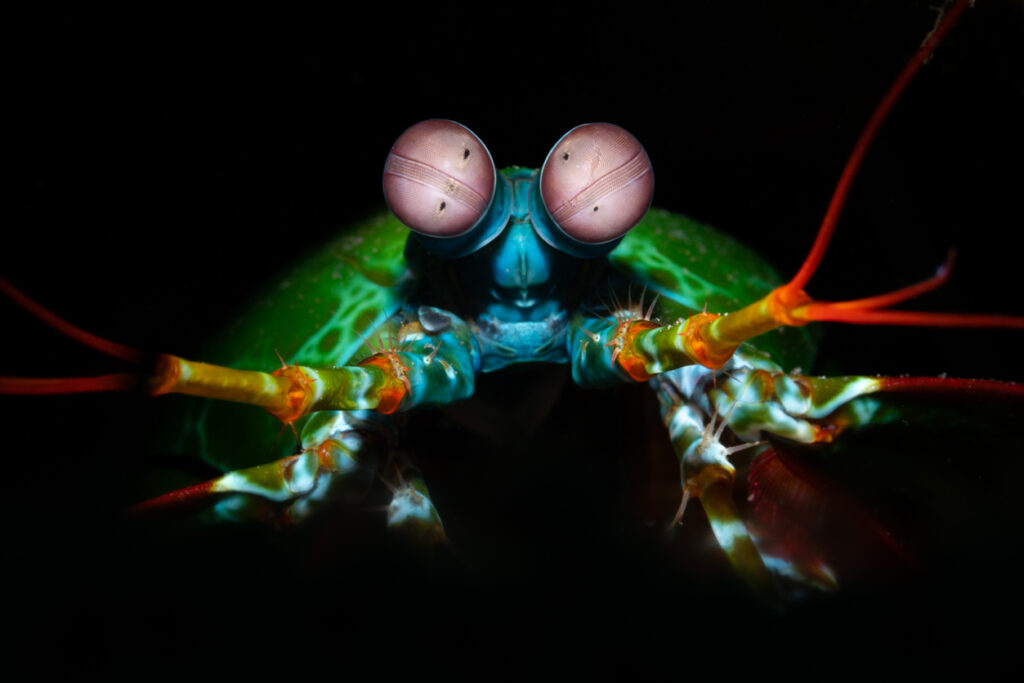
This colourful crustacean doesn’t bother with sneaky tactics—it just smashes its prey into submission. The mantis shrimp’s club-like claws can strike at speeds faster than most car crashes, with enough force to break aquarium glass. They use this power to crack open hard shells and stun fast-moving prey. What’s more, the water around the strike boils briefly from the sheer speed, adding a shockwave on top of the hit. It’s explosive, precise, and wildly overpowered for something the size of a prawn.
The African assassin bug wears the bodies of its prey as camouflage.
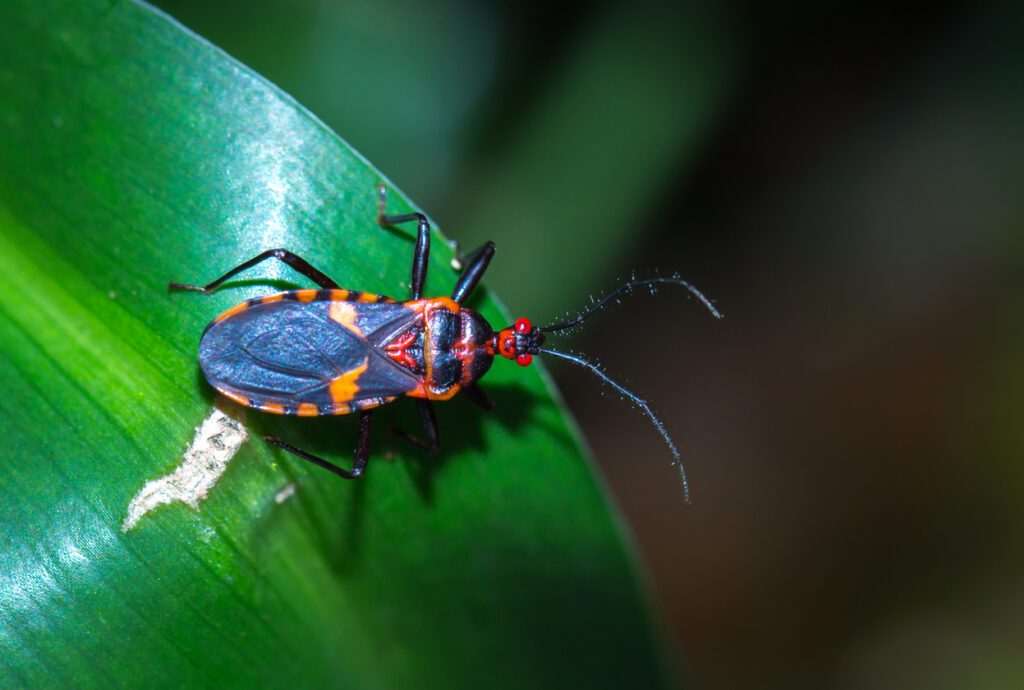
The name says it all: this bug is not messing around. After killing its prey—usually ants—it doesn’t just eat them and move on. It stacks the empty husks on its back like a grim trophy collection, using them as disguise. The smell and appearance of the dead ants stop predators from noticing what’s really beneath the pile. It’s as gruesome as it sounds, but it works—and it lets the assassin bug get close to new targets without being seen.